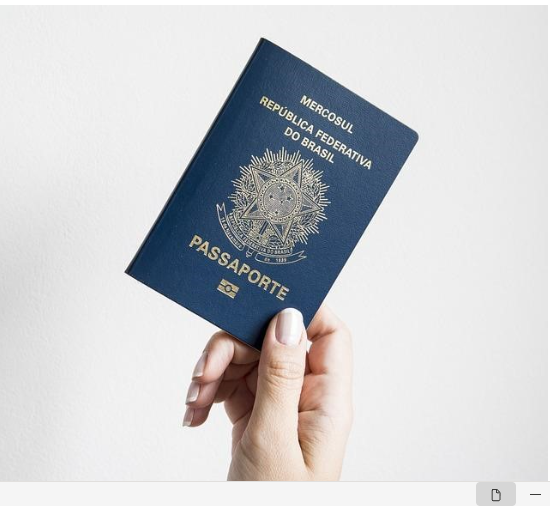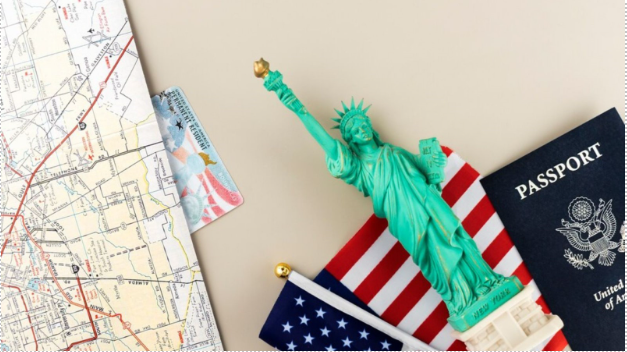Immigration polygraph testing isn’t a new concept.
But thanks to revamped effo rts to secure the borders under the Trump Administration, we’re set to see a surge in the number of lie detector tests administered by immigration officials moving forward.
Results from polygraph exams can validate critical information related to a prospective immigrant’s criminal history, relationship background, and legal entry. Even though immigration polygraph is relatively new and has only been operational for 10 years, such tests can be instrumental in verifying inconclusive documentary evidence.
Read below as we dissect the full impact of using polygraph exams in processing immigration applications.
Fostering Security and Trust in Immigrations
Background checks are an essential tool deployed by immigration officials worldwide to evaluate the credibility of immigration applicants. Unfortunately, people can lie about pretty much anything, from their personal identity to their professional qualifications, relationship status, reasons for seeking second citizenship, et cetera.
Rigorous background screening also enables immigration officials to investigate an applicant’s criminal records and determine if they pose a significant threat to national security. No self-respecting nation will unreservedly grant citizenship to convicted felons, money launderers, or individuals on the global terrorist watch list.
Lie detector tests can enhance the efficiency of immigration screening procedures, especially where an examinee’s credibility is highly questionable.
However, polygraph tests don’t only target immigration applicants. They may also be administered to border patrol workers, either as part of their pre-employment screening or in the course of their duties to investigate alleged misconduct.
A report published in the Los Angeles Times found that two-thirds of border patrol job applicants fail lie detector tests, a worrying statistic considering their critical role in enforcing immigrant rules.

Legal and Ethical Issues
The role of polygraph exams in validating immigration applicants’ credibility is undeniable. However, these tests must be administered in view of existing immigration laws.
The United States immigration laws are based on critical tenets, namely:
- Prioritizing immigrants with valuable skills
- Supporting the reunification of families
- Fostering humanitarian protection
- Promoting diversity
However, even if an immigration applicant complies with these principles, they must undergo rigorous training to verify their identity and credibility. Polygraph exams can help validate the authenticity of submitted documentation, enabling immigration officials to make informed decisions.
Now, the fairness of lie detector tests is a subject of mixed debate, with critics citing ethical considerations like the potential for privacy and civil rights violations.
The best way to address these concerns is to have all polygraph exams administered by accredited polygraphers. Besides, examinees must consent to the tests, and all findings must be handled in strict adherence to data privacy laws.
Public Perception and Controversies
The public opinion on lie detector tests is sharply divided.
Many advocates see polygraph tests as a legitimate way to address the security concerns commonly presented by immigration applicants, including:
- Loss of identification documents
- Marriage legitimacy/fraud
- Criminal history
- Ties to terrorism
- Valid purpose of entry
On the other hand, critics have raised genuine fears over the potential for privacy and civil liberty violations.
There are also concerns about coercion and forced self-incrimination, both of which constitute a direct infringement on the examinee’s human rights.
Worthier of notice is that most scientific studies on the efficacy of lie detector tests are inconclusive. As such, results from polygraph exams can only be used as supportive, not probative, evidence.

Future Directions
While polygraph exams are transforming the immigration landscape, it’s imperative to administer them alongside other screening technologies.
One of the most revolutionary screening techniques used by immigration officials is the Credential Authentication Technology (CAT), which relies on biometrics to verify an applicant’s credibility.
Using CAT machines, immigration agents can quickly authenticate an applicant’s identity by comparing their facial features with the photos on their identification documents.
Other supplemental methods for lie detector testing in immigration screening include eye-tracking technology, voice stress analysis, and behavioral analysis. Moreover, immigration officials can integrate advanced technologies like artificial intelligence (AI) into their polygraph machines to enhance test accuracy.

Final Word
The significance of polygraph evaluations on immigration screening cannot be overemphasized.
Lie detector tests can authenticate submitted documentation and reveal crucial details previously unknown to immigration officials. Findings from polygraph tests can impeach or corroborate stated claims, streamlining the immigration process. The assessments are particularly instrumental when an examinee’s credibility is severely challenged.
To address the ethical concerns surrounding using lie detector tests on immigration applicants, licensed examiners must administer all polygraph exams after careful preparation. A significant part of the planning should entail seeking the examinee’s consent and explaining their legal rights.






